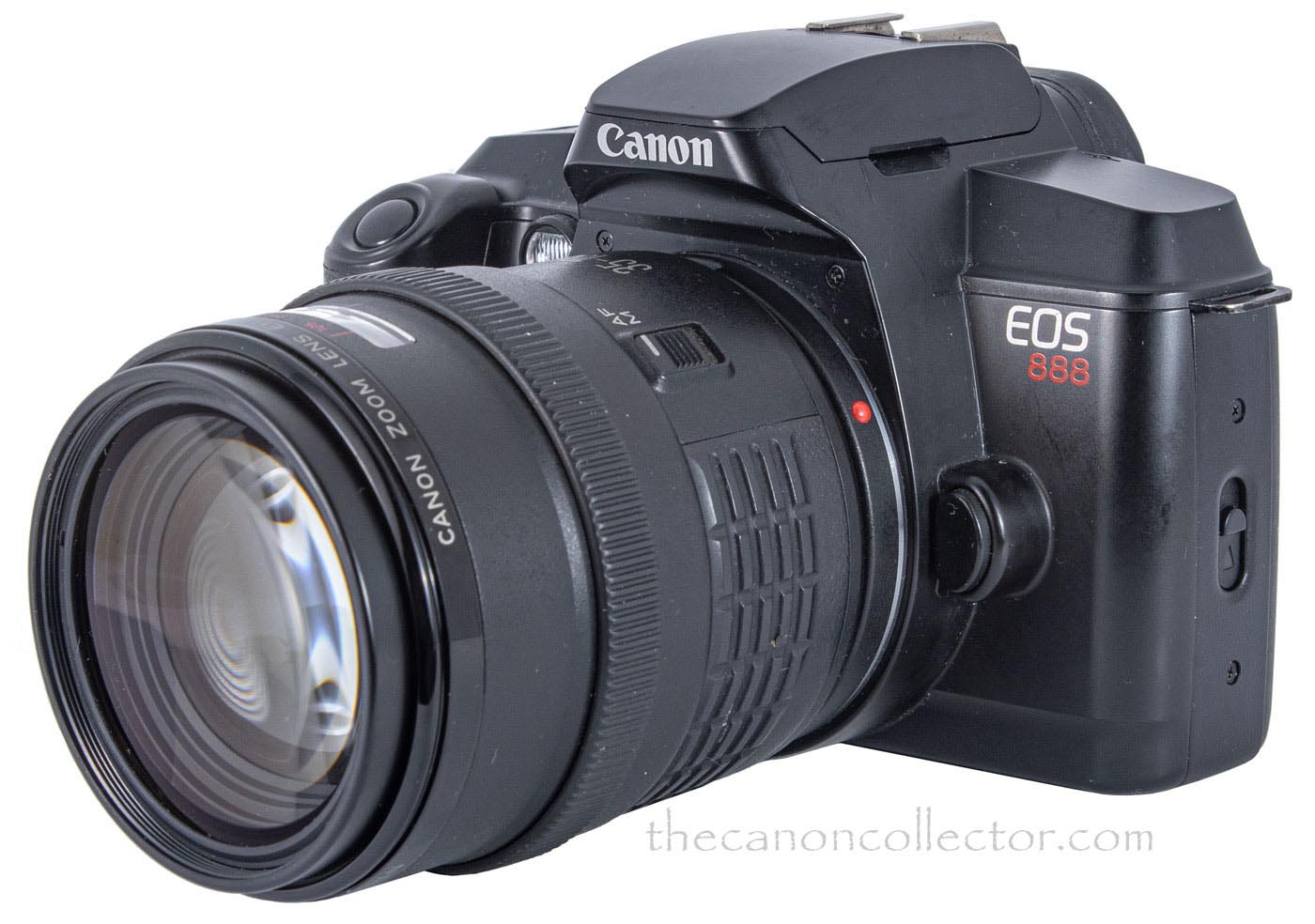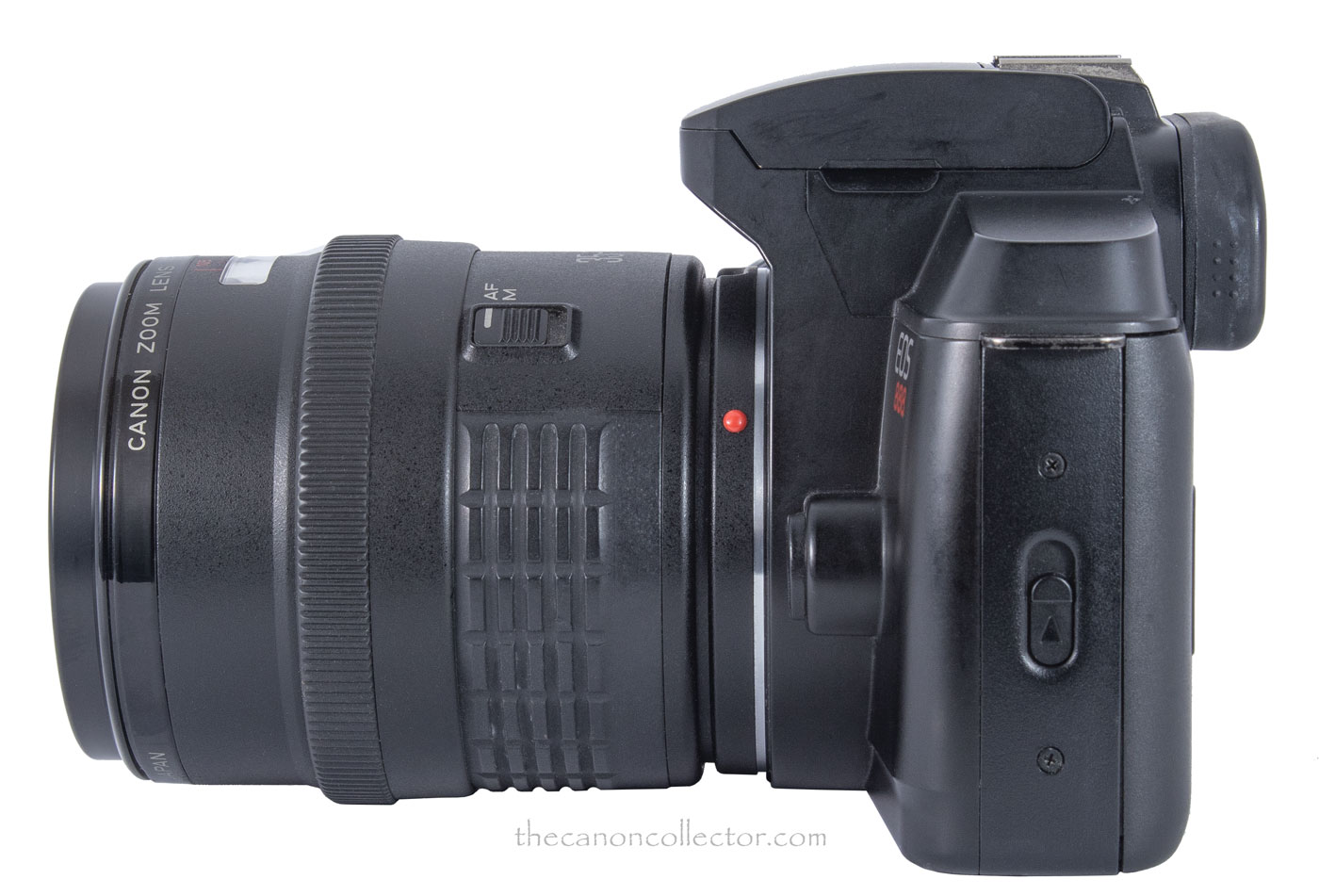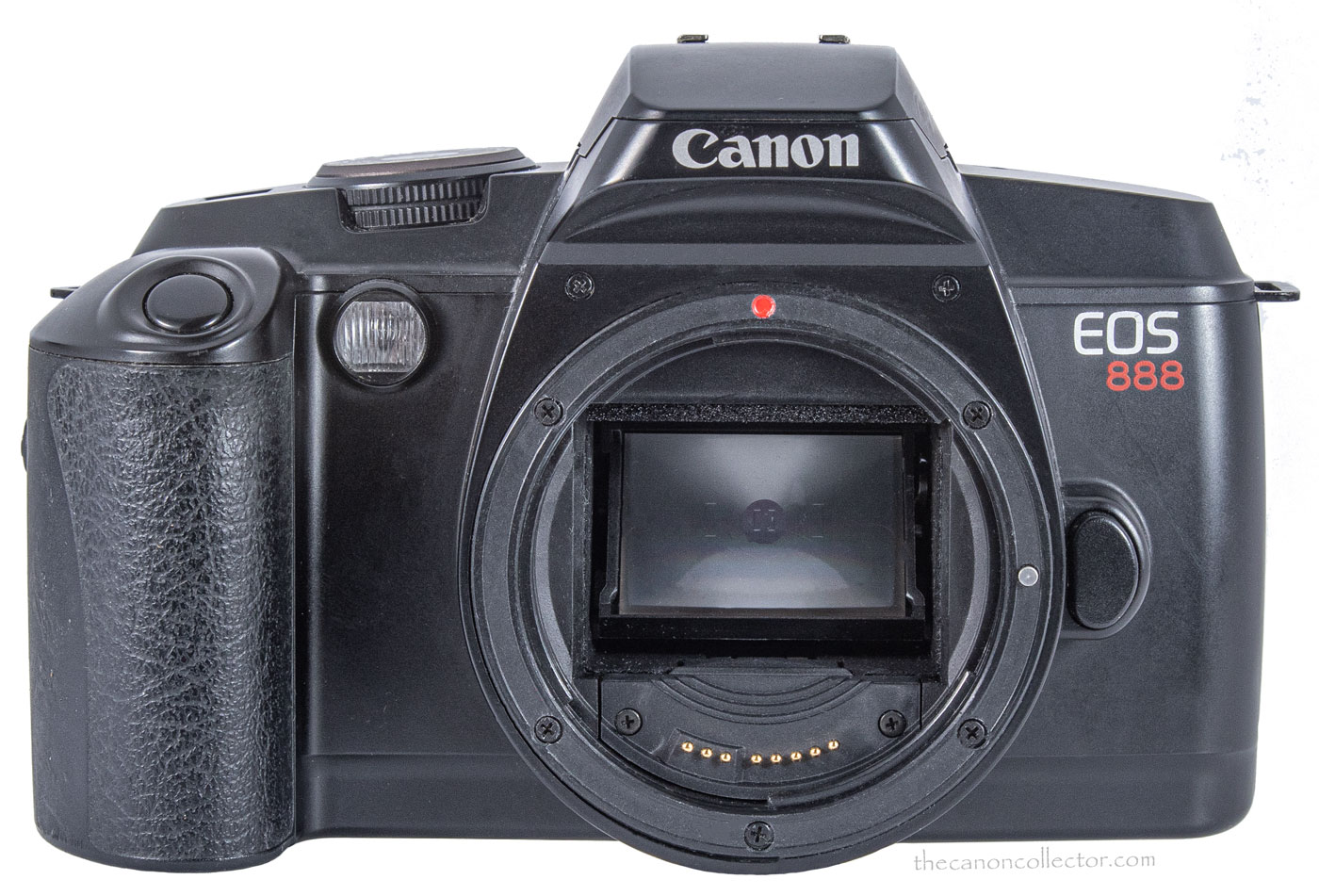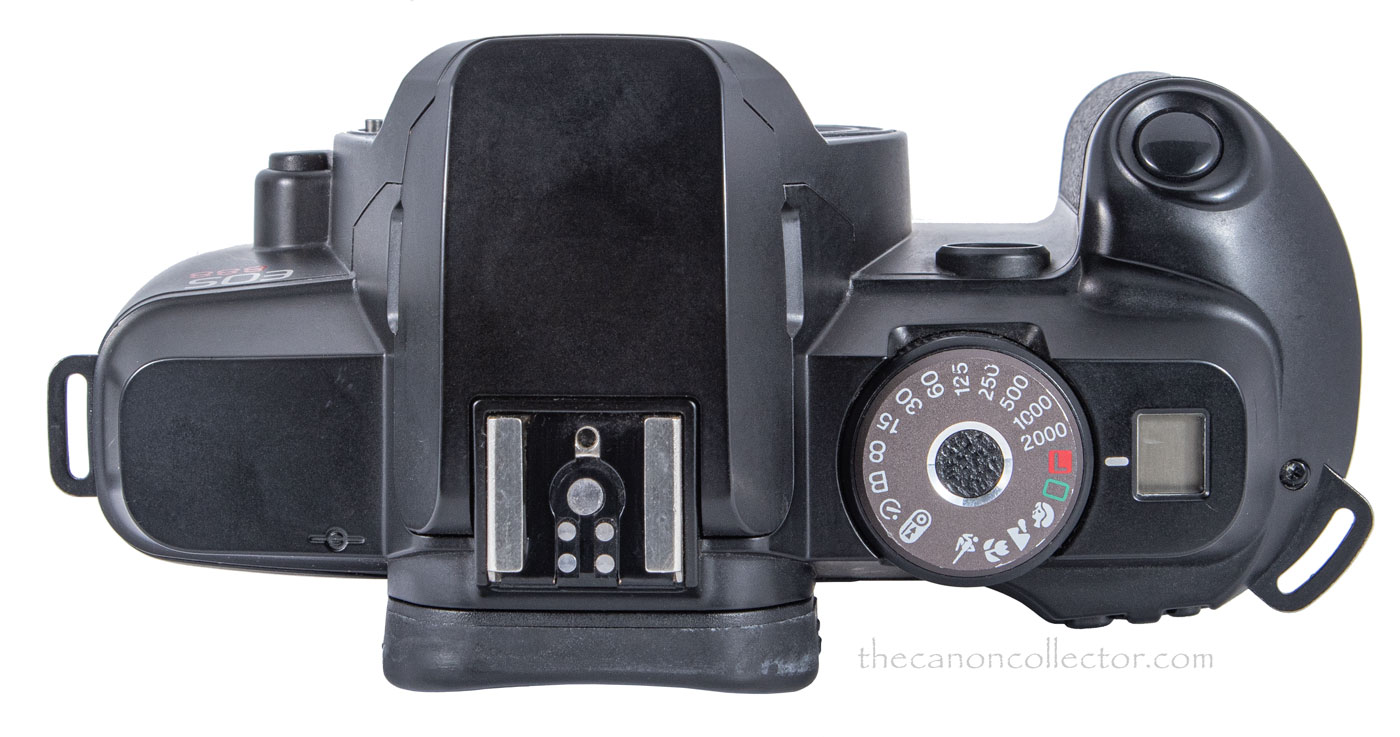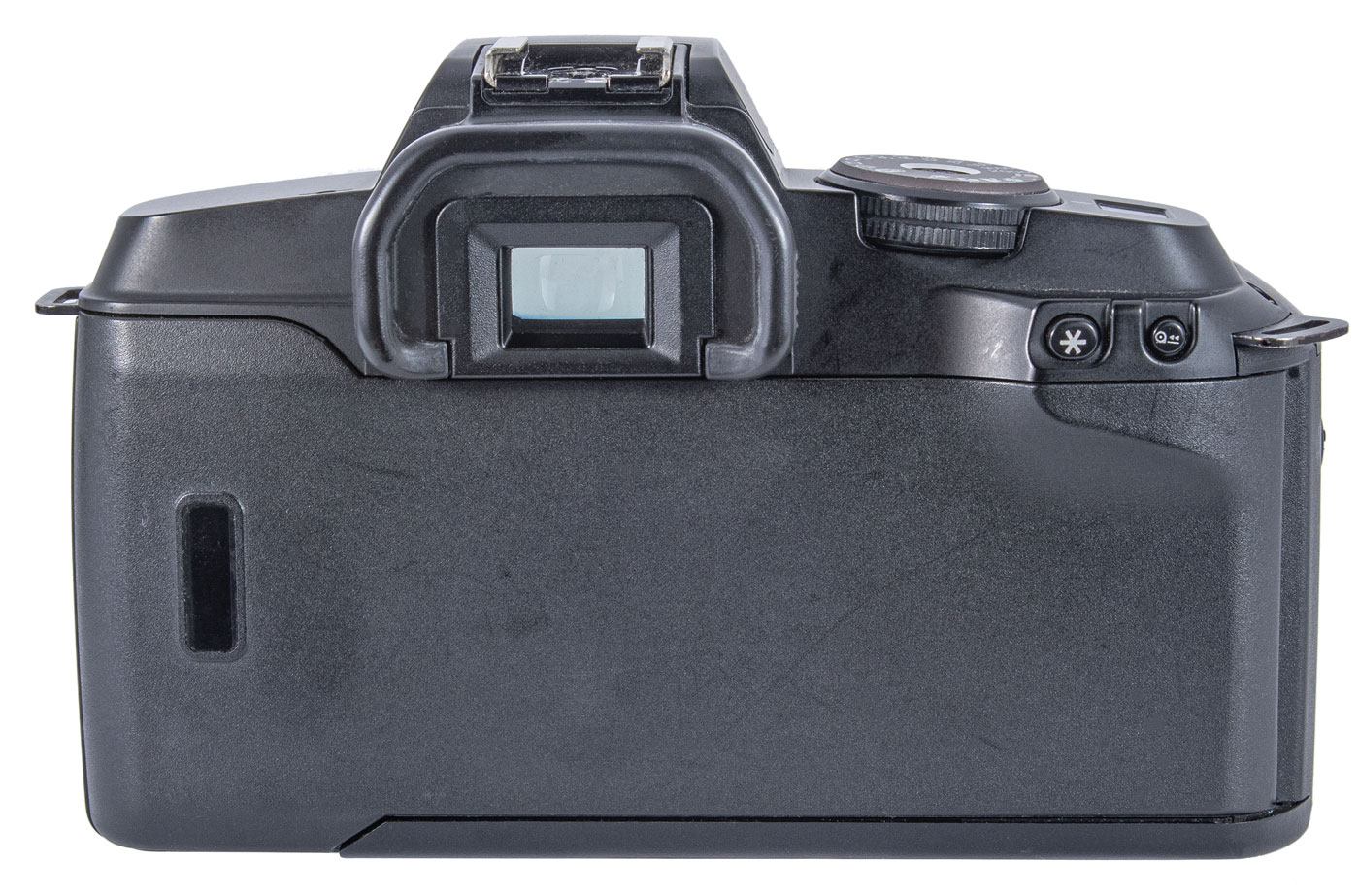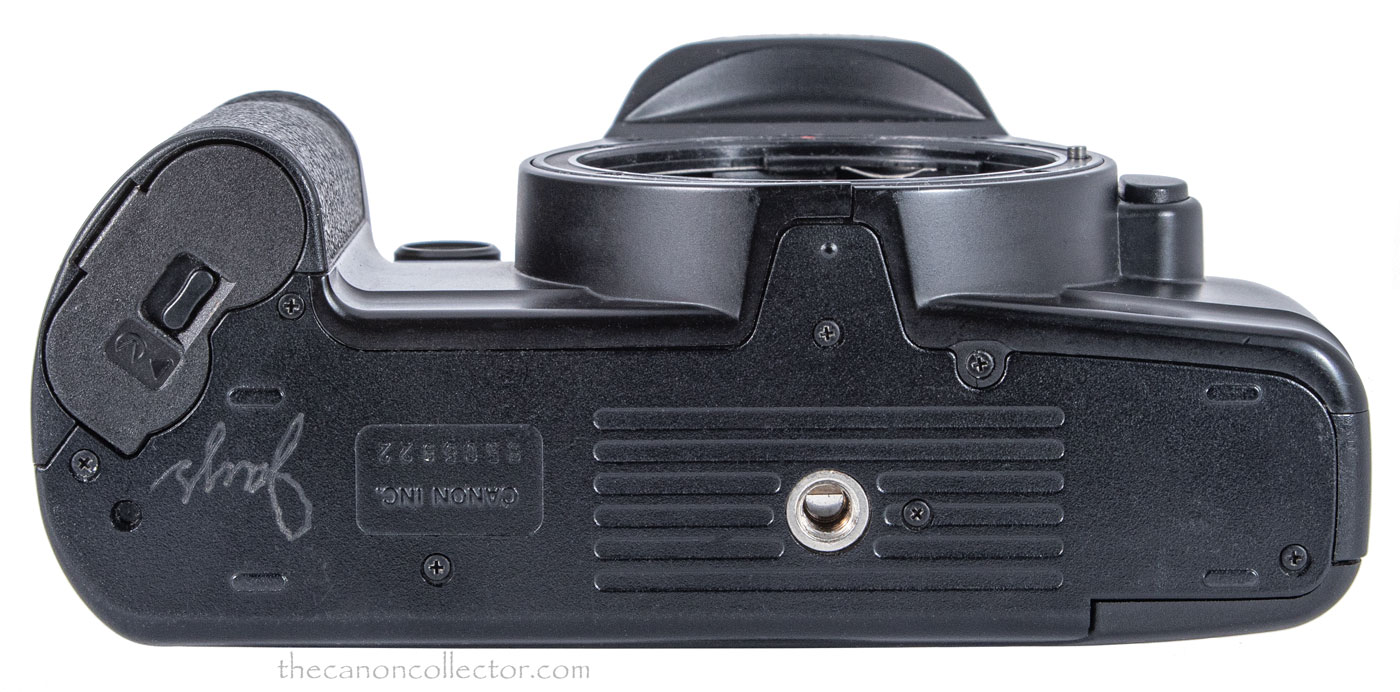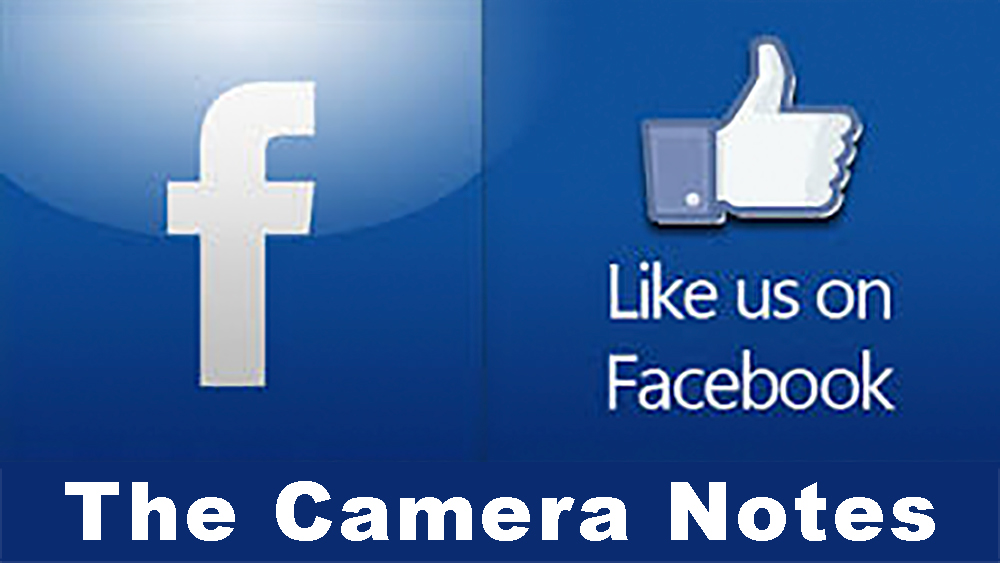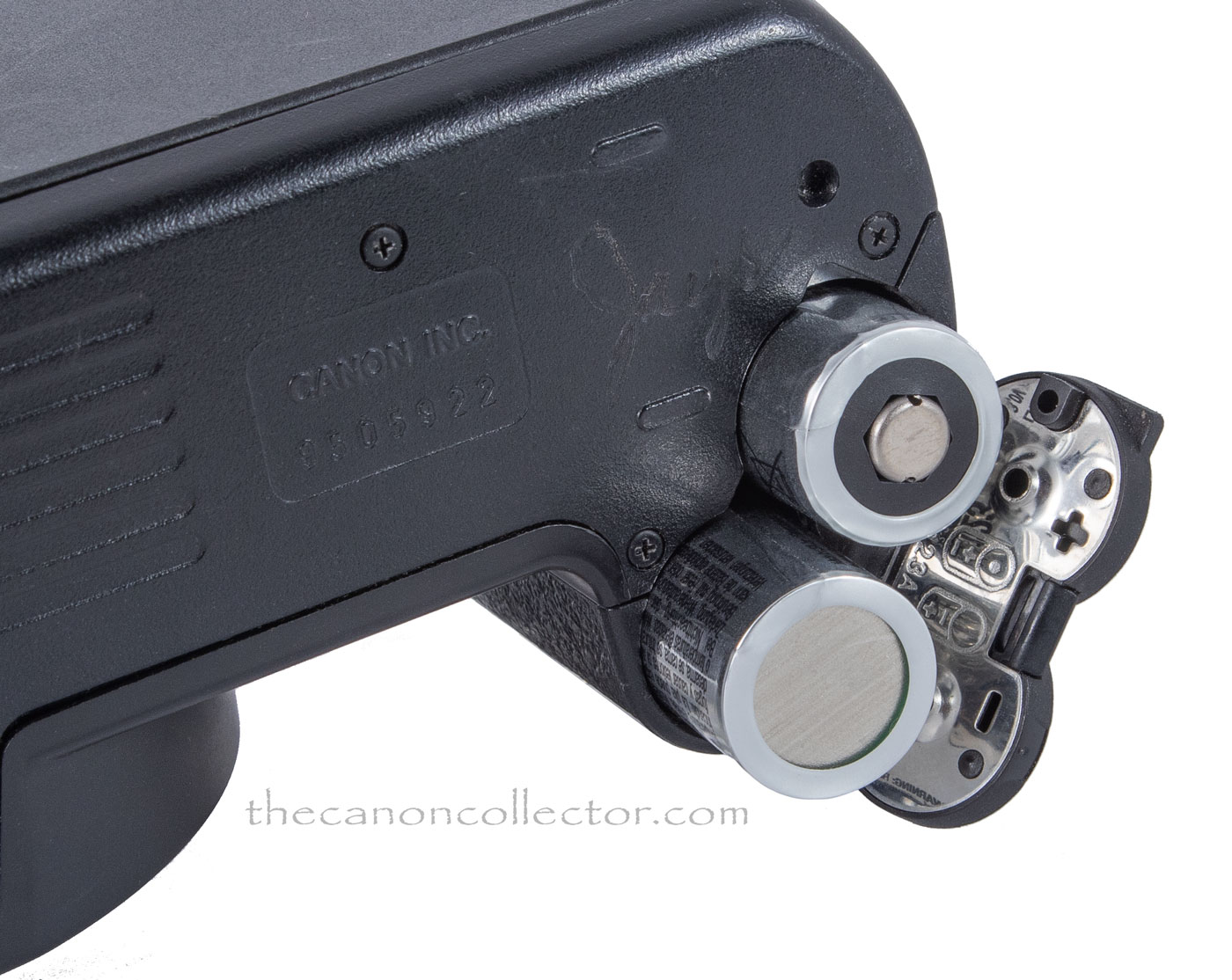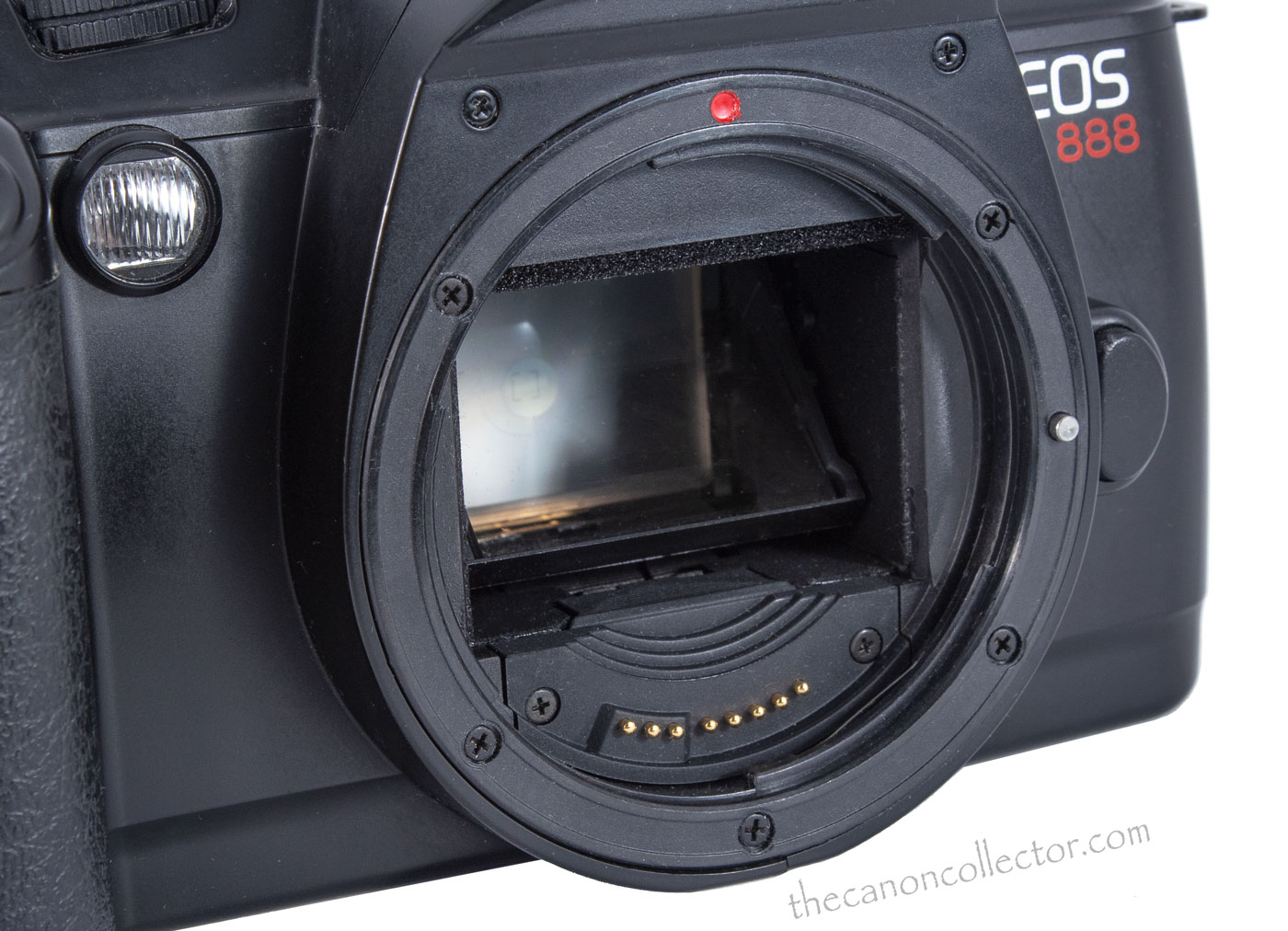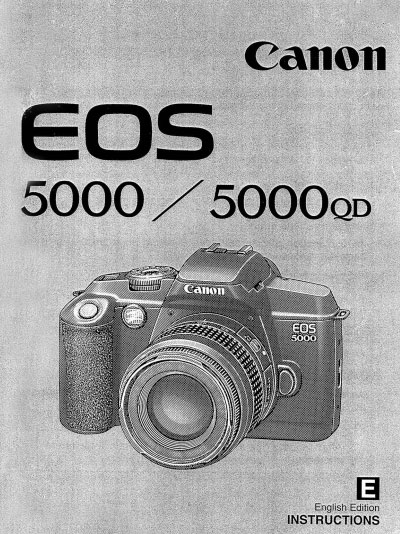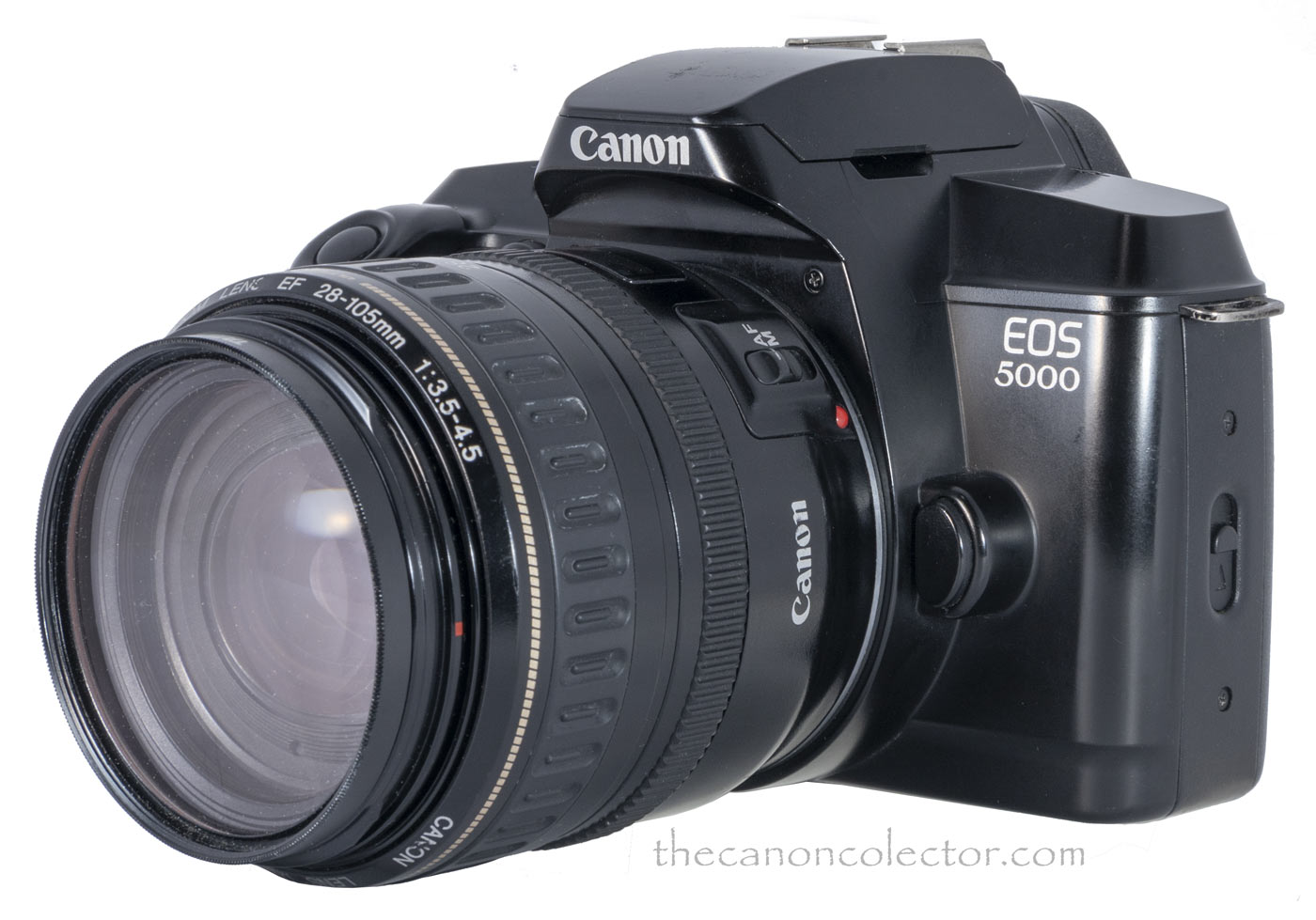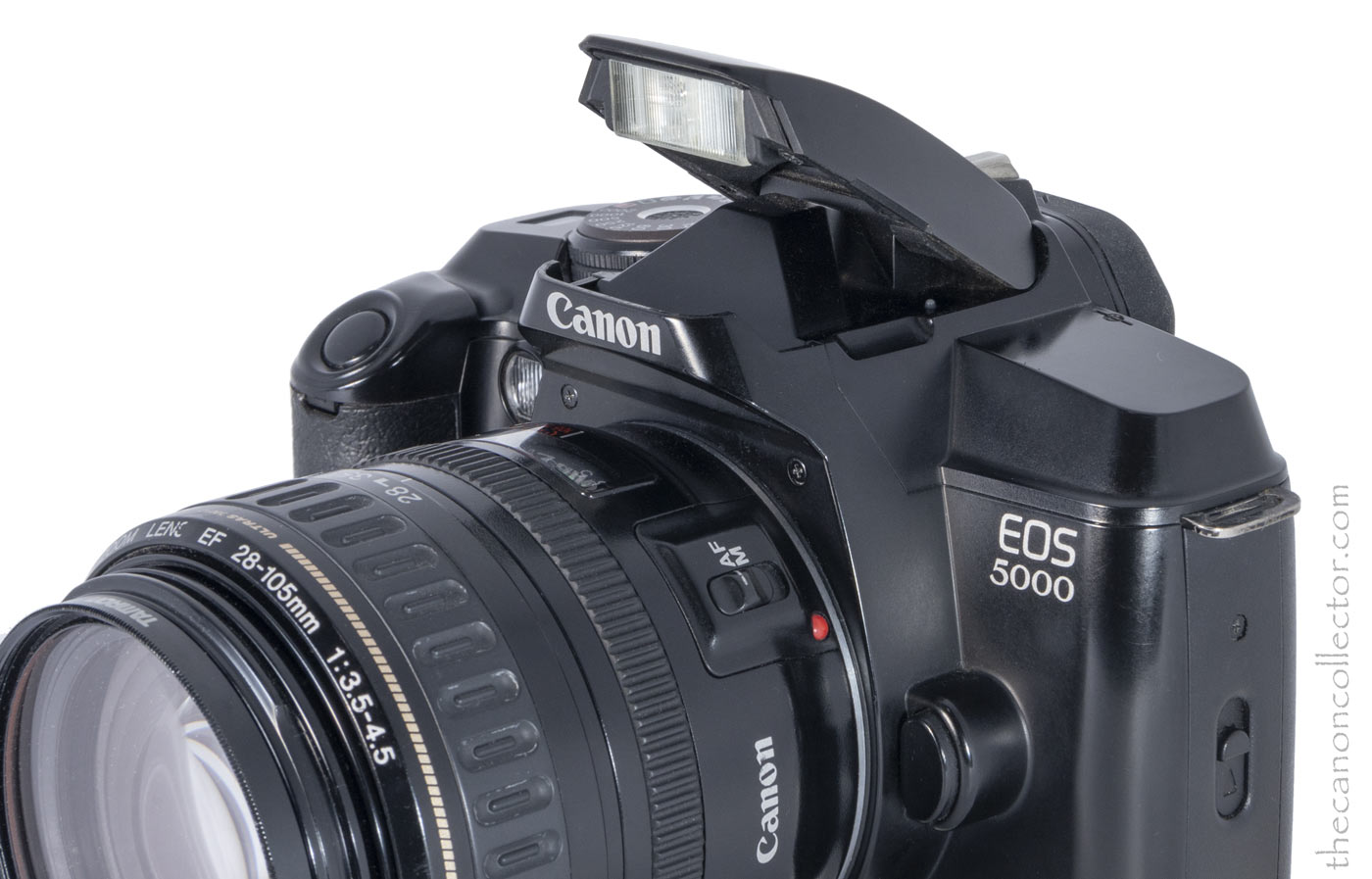This is the EOD 888, otherwise known as the EOS 5000 depending on where it was sold. It is shown here with an EF 35-105mmf/3.5-4.5 lens.
From the side the 888 has the silhouete of most of Canon’s SLR’s of the time; black plastic.
The EOS 888
otherwise known as the EOS 5000
Canon has always offered an entry level lower cost camera. In January of 1995 they were offering the Rebel XS as the entry level and the Elan as the bottom rung enthusiast level. However, they decided to introduce an even simpler less expensive camera still, the EOS 888. This camera was developed for the Asian market but it was not sold in Japan or the Americas. Some were sold in Europe as the EOS 5000.
This is a light camera. Extensive use of plastic and a minimum of features has made for a small weightless body. Even the EF lens mount is plastic.
And yet, with all of the cost cutting this is a capable little camera. It just takes a little getting used to.
Shutter speeds on the vertical travel metal shutter run from 1/8th to 1/2000th second. And being an EOS camera all of Canon’s EF lenses will function with this camera (I think – there may be a few exceptions).
The camera has a built in pop-up flash over the pentaprism and a hot shoe.
The front of the 888 has almost not controls on it. There is only the Lens Release button and the AF Auxiliary Light. As you can see, the lens mount is made of black plastic.
On the top deck of the 888 is the only real control on the camera, the Command Dial. There is a full auto mode, 4 program modes and the shutter speeds.
On the back there are only two buttons, the Rewind Button and AE Lock Button. The left end of the back has the window through which one may confirm what film is loaded.
The bottom of the camera has the battery door (it takes two CR123’s) and the tripod mount. The camera accepts the GR-80TP Grip. No extra battery: just a grip.
The EF lens mount is made of plastic. The contact pins for the lens are the same as all EOS cameras.
So what corners were cut? Well, some were for sure, and that has made this a very interesting camera to operate.
The control of the camera is managed by the Command Dial on the top deck. The first thing you notice is that there is no way to set the diaphragm manually. The camera is either in Automatic, one of 4 Program Modes, or in Shutter Priority. And that is all set from the dial on top.
Beside the Command Dial is a small LCD which tells you how many
exposures you have left. However, when you press the shutter button half way the LCD then indicates the f/stop that the camera has chosen for the settings on the dial.
So although there is no Aperture Priority, you can manipulate the aperture by setting the shutter speed and watching the small LCD until you get the aperture you want. It works really well. In the viewfinder along the bottom you have a green light that comes on if autofocus is being used and the camera is in correct focus. Another light comes on if light levels are being handled correctly. If there is too much or too little light this indicator flashes.
Film speeds are set automatically using the DX Code on the film can. This means that using hand loads requires using a can that is correctly coded or using a commercial film with a DX Code already.
On loading the film the film is wound completely out of the can and as the LCD shows the number of shots available. Then the display counts down as images are taken.
Full operational details are available in the Instructions Manual for the EOS 5000. There is a QD version but mine is not one of those
All of the pictures on this page are of my EOS 888 which is fully functional and a lot of fun to use.
EOS 5000
We have said all there is to say about the EOS 5000 because it is identical to the EOS 888. The manual for the 5000 is above and applies to both cameras. Although it is a light basic camera it accepts all of the EF lenses which makes it a very capable camera. Because the processor in the camera control auto focus the focusing will be slower than modern camera bodies but it will function fine with the most modern of EF lenses.
This website is the work of R. Flynn Marr who is solely responsible for its contents which are subject to his claim of copyright. User Manuals, Brochures and Advertising Materials of Canon and other manufacturers available on this site are subject to the copyright claims and are the property of Canon and other manufacturers and they are offered here for personal use only.

